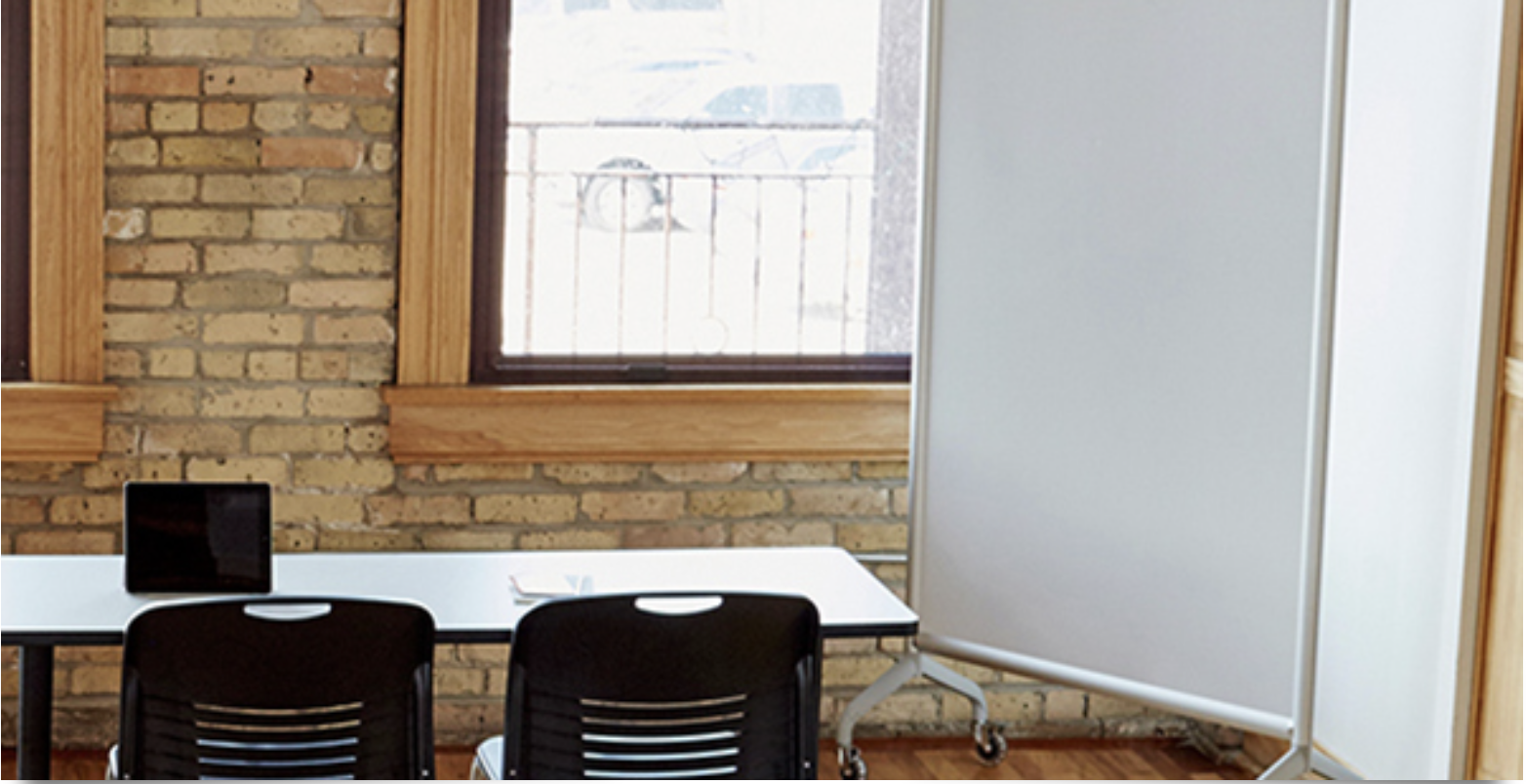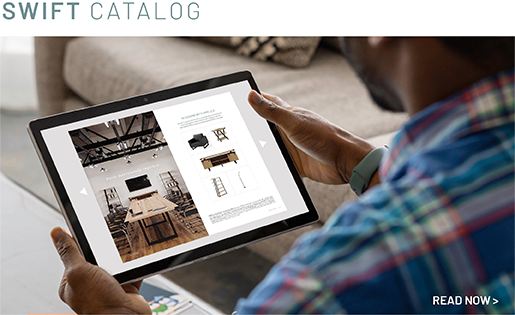A Hands Free Approach

Rethinking the New Workday
As public spaces begin to reopen, the COVID-19 pandemic will undoubtedly require businesses of all types to rethink how they operate to meet the needs of their customers and employees. The move towards more virtual experiences, automation, and touch-less technology will become increasingly important to inspire people’s confidence. Making modifications that keep health and well-being at the forefront will be key for spaces to remain relevant for the future.

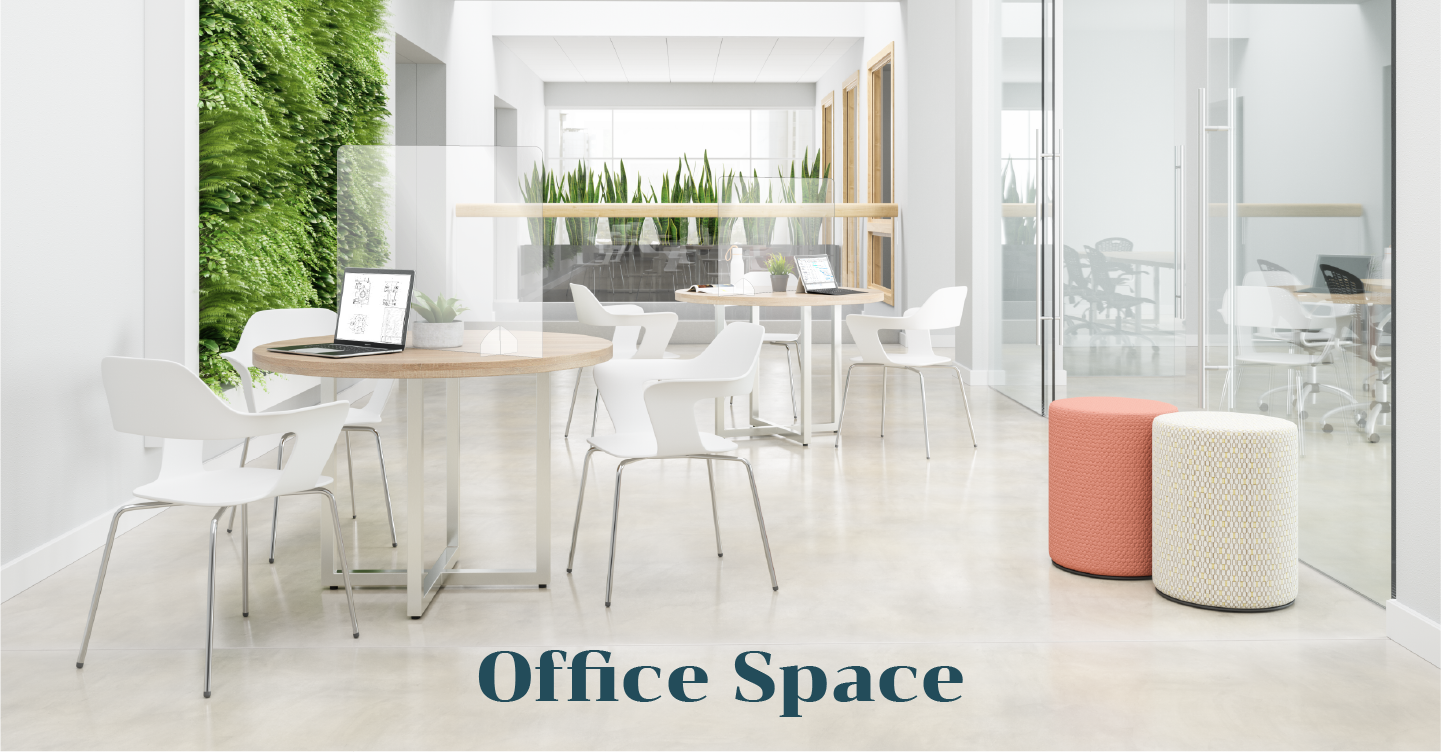
Social distancing throughout the workplace through furniture layout, the use of screens, and directed traffic flow will become prevalent to minimize direct contact. Offices will see the continued practice of virtual collaboration as well as the use of multiple shifts and rotating schedules to reduce the number of employees within the same space. Sensor-activated or touch-less elements will become more commonplace.
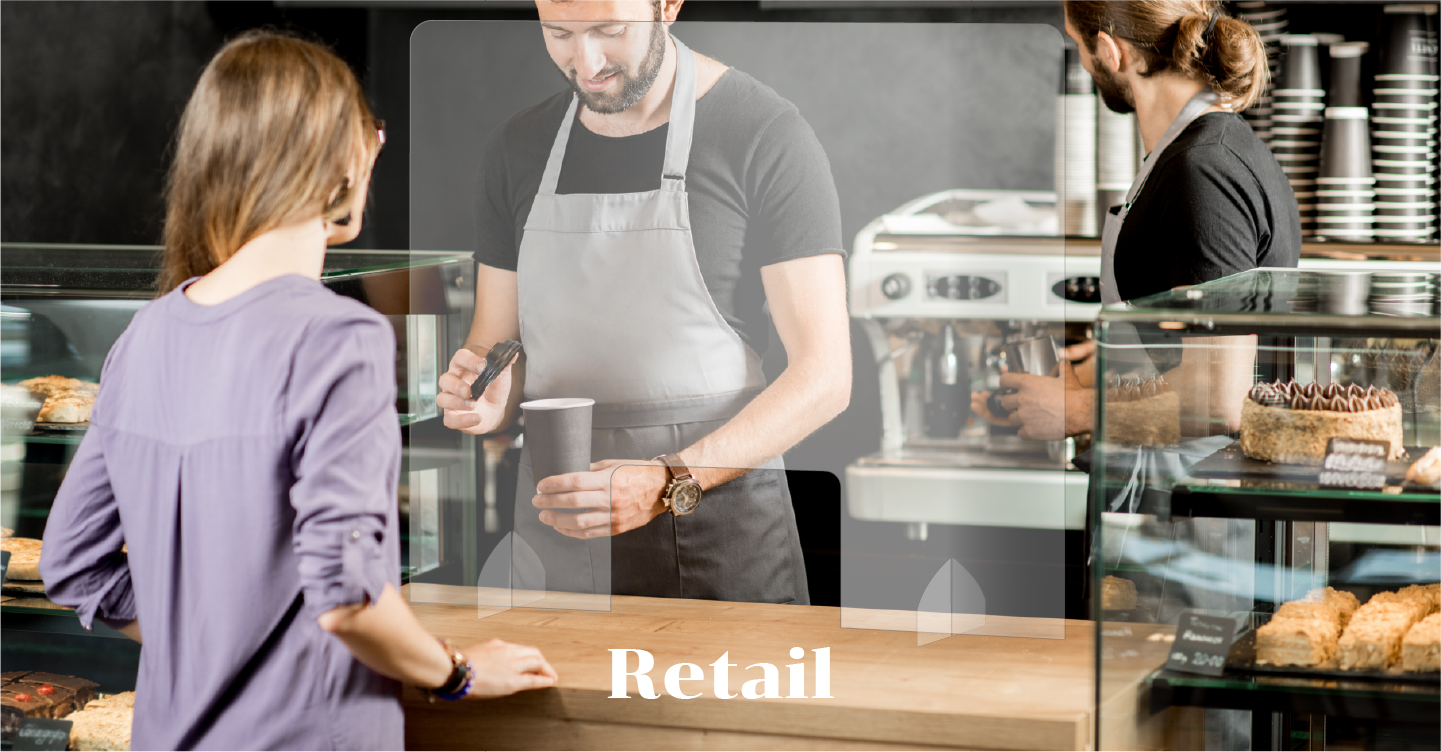
Social distancing throughout the workplace through furniture layout, the use of screens, and directed traffic flow will become prevalent to minimize direct contact. Offices will see the continued practice of virtual collaboration as well as the use of multiple shifts and rotating schedules to reduce the number of employees within the same space. Sensor-activated or touch-less elements will become more commonplace.

Bank branches will continue to provide drive-through service, offering lobby service visits by appointment only. Virtual meetings between staff and consumers may become more the norm. For in-person interactions, safeguards such as masks and gloves for staff, marked zones for standing in line, and clear, hard-surfaced barriers between tellers and customers will be employed.
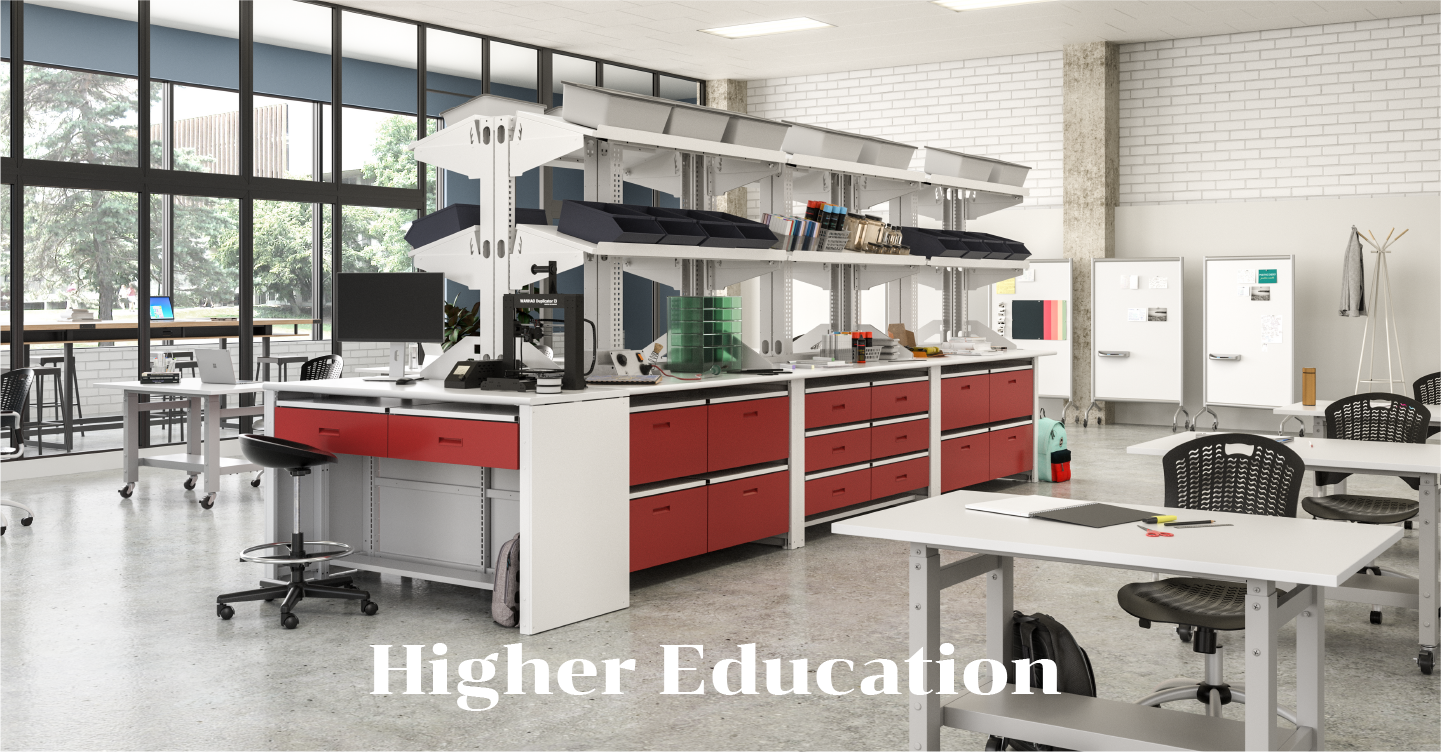
Online learning will be blended with physical experiences that limit classroom capacity for smaller spaces. In-person classes will require social distancing with appropriate furniture layouts and added barrier placement. Traffic and density of students and staff must be directed and controlled with visible signage in entryways, dining halls, and corridors to reduce crowding.
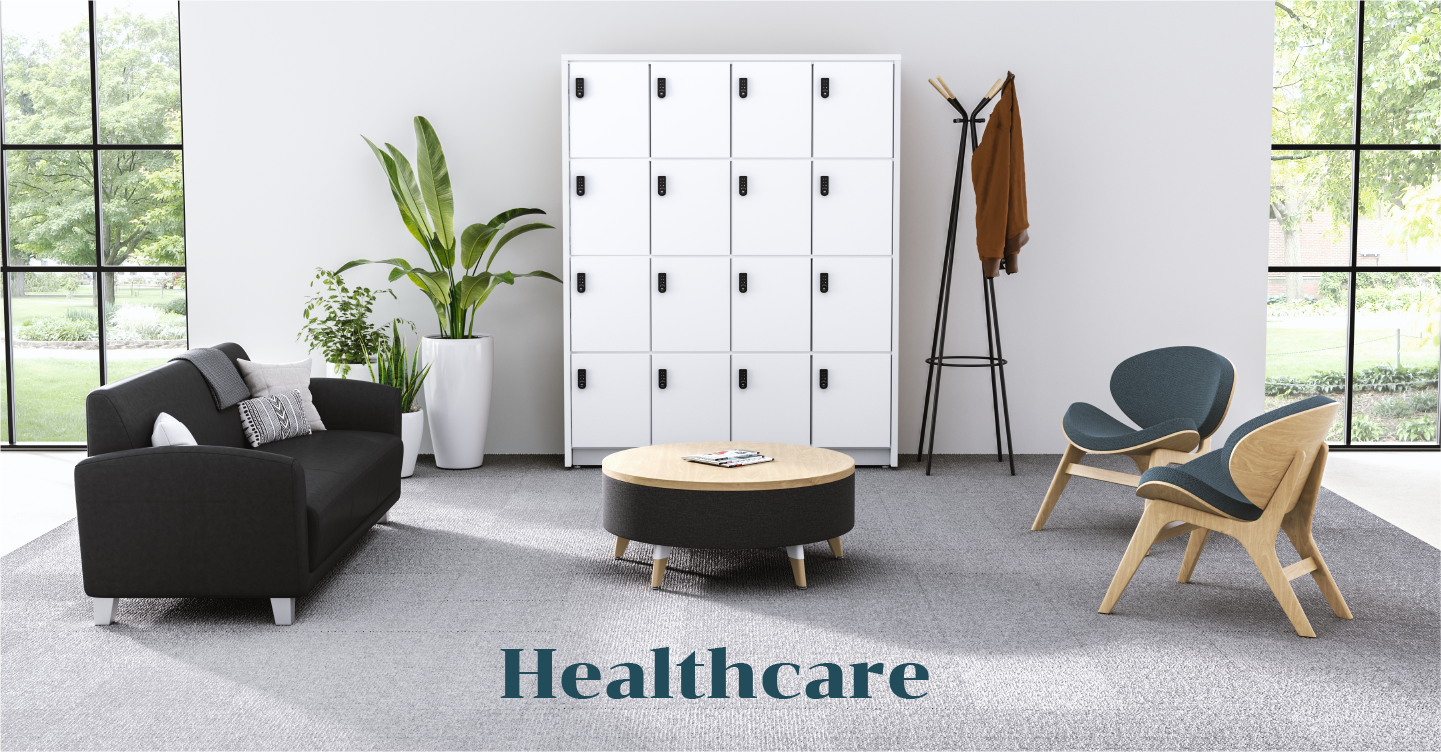
Telemedicine and virtual health consultations will continue. Social distancing will be applied to all healthcare waiting areas as smaller waiting nooks become dispersed around the building, helping to separate the healthy visitors from sick patients. More physical barriers will be used between administrative staff, caregivers, and the public. Careful screening practices and sanitizing stations will become more prevalent.

WORKPLACE WELLNESS ESSENTIALS
As governments gradually relax stay-at-home restrictions, Safco offers a collection of essential elements to create a safe return to the workplace.
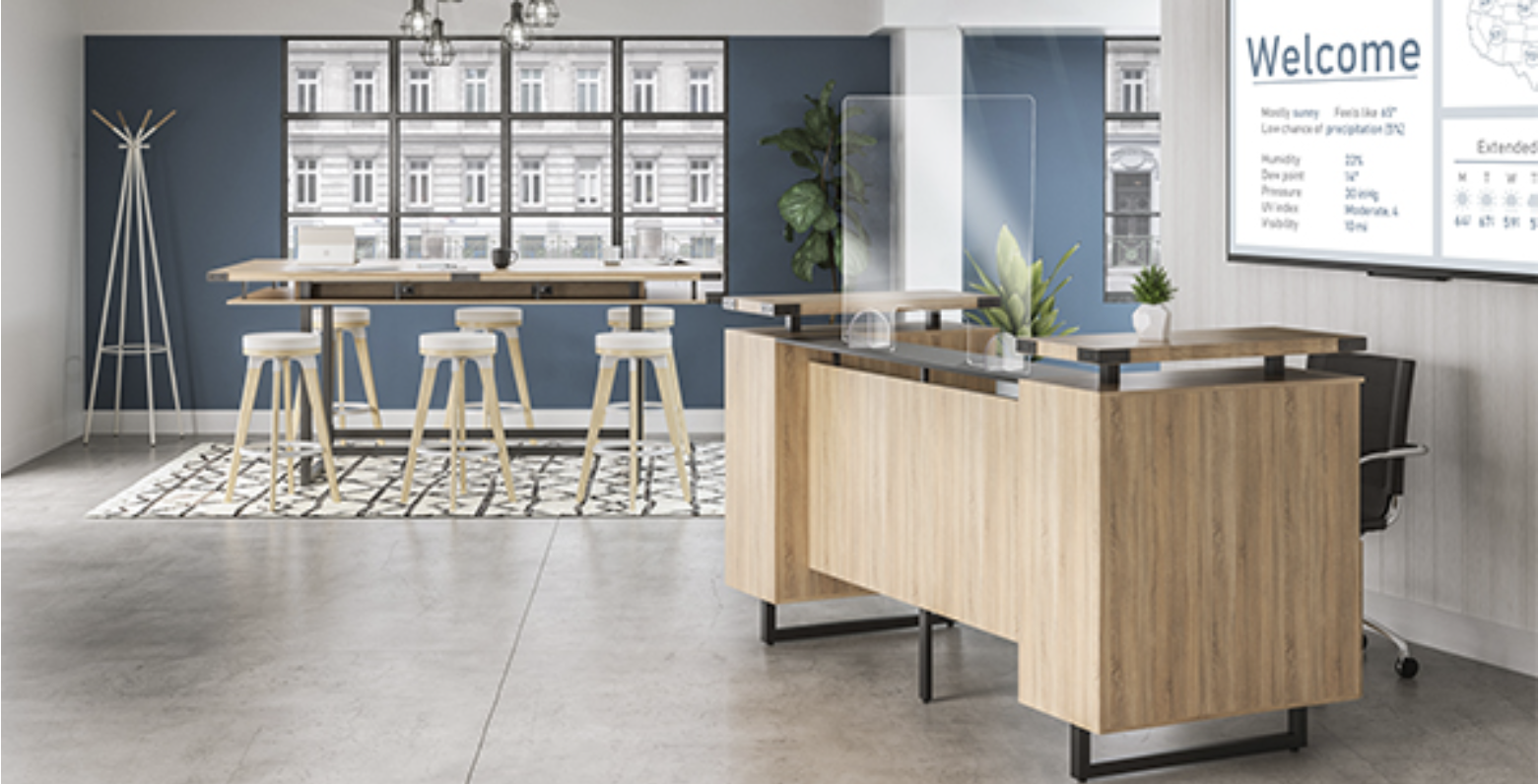
WASTE MANAGEMENT
From outdoor and indoor to hands-free and recycling, we’ve got you covered.
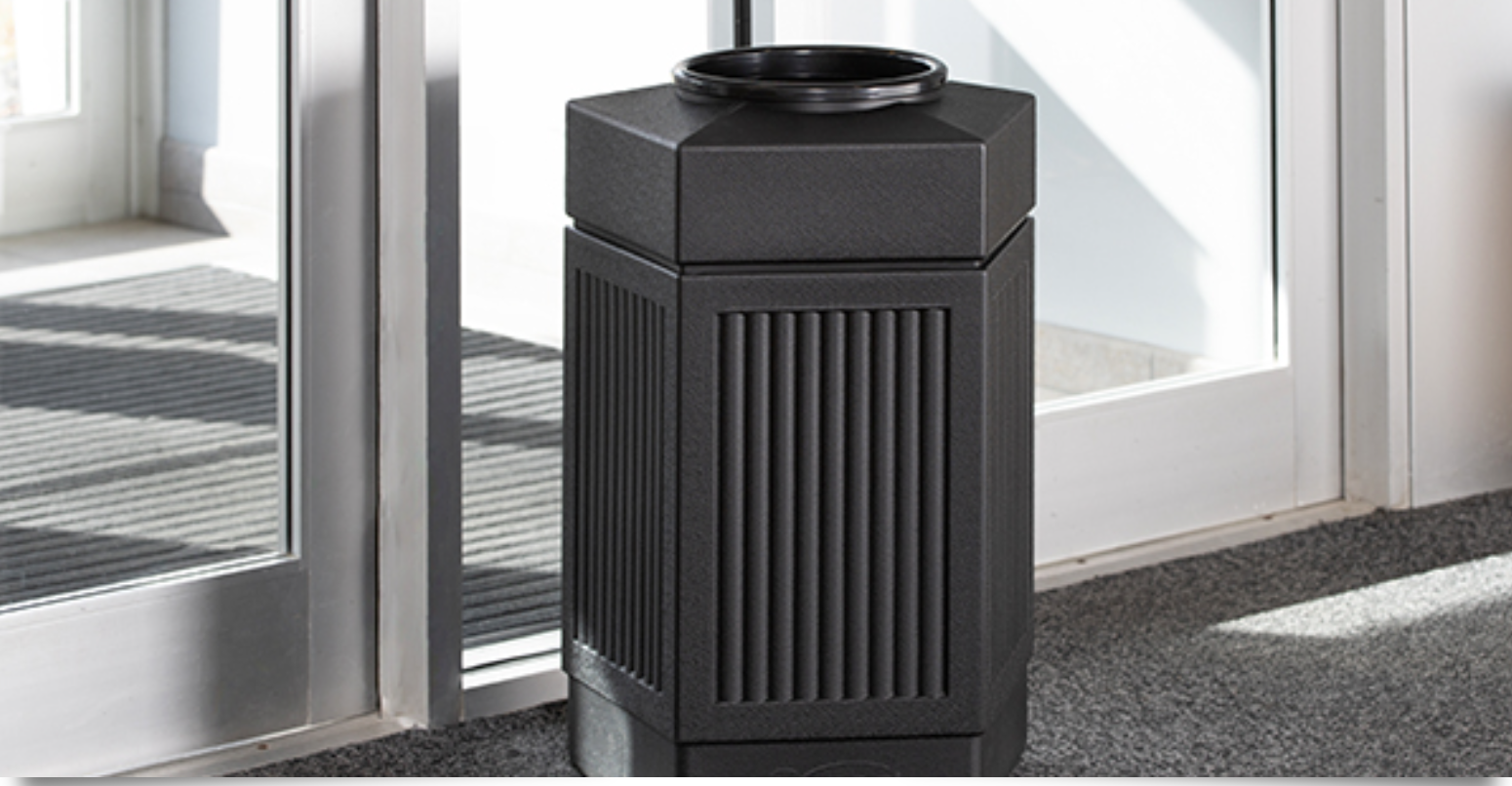
CLEANABLE SEATING
Folding, stacking and easy to clean seating solutions help you manage the new workday.
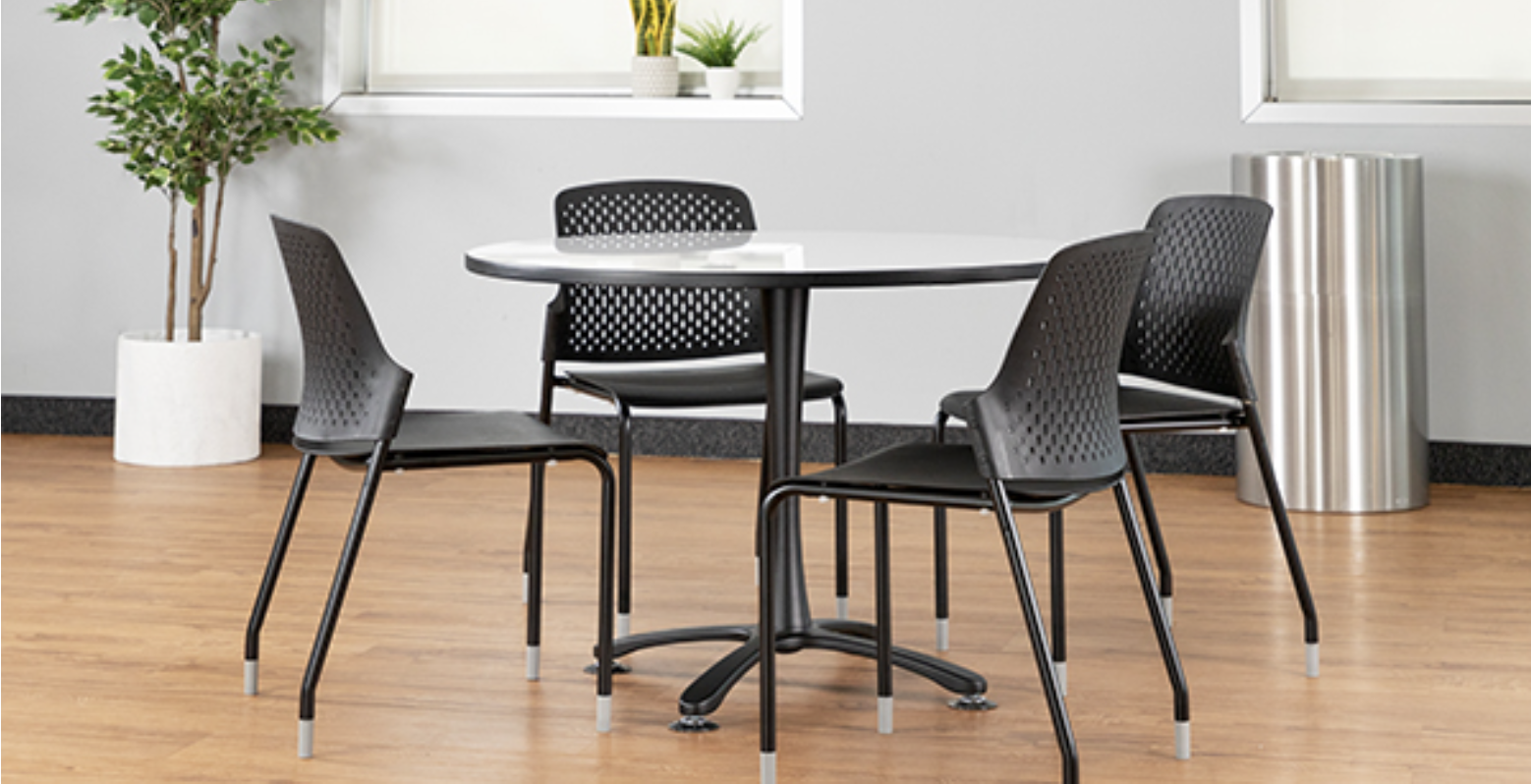
STORAGE FOR INVENTORY
Store, organize and quickly access cleaning supplies, personal protective essentials and office items needed for the new workday.
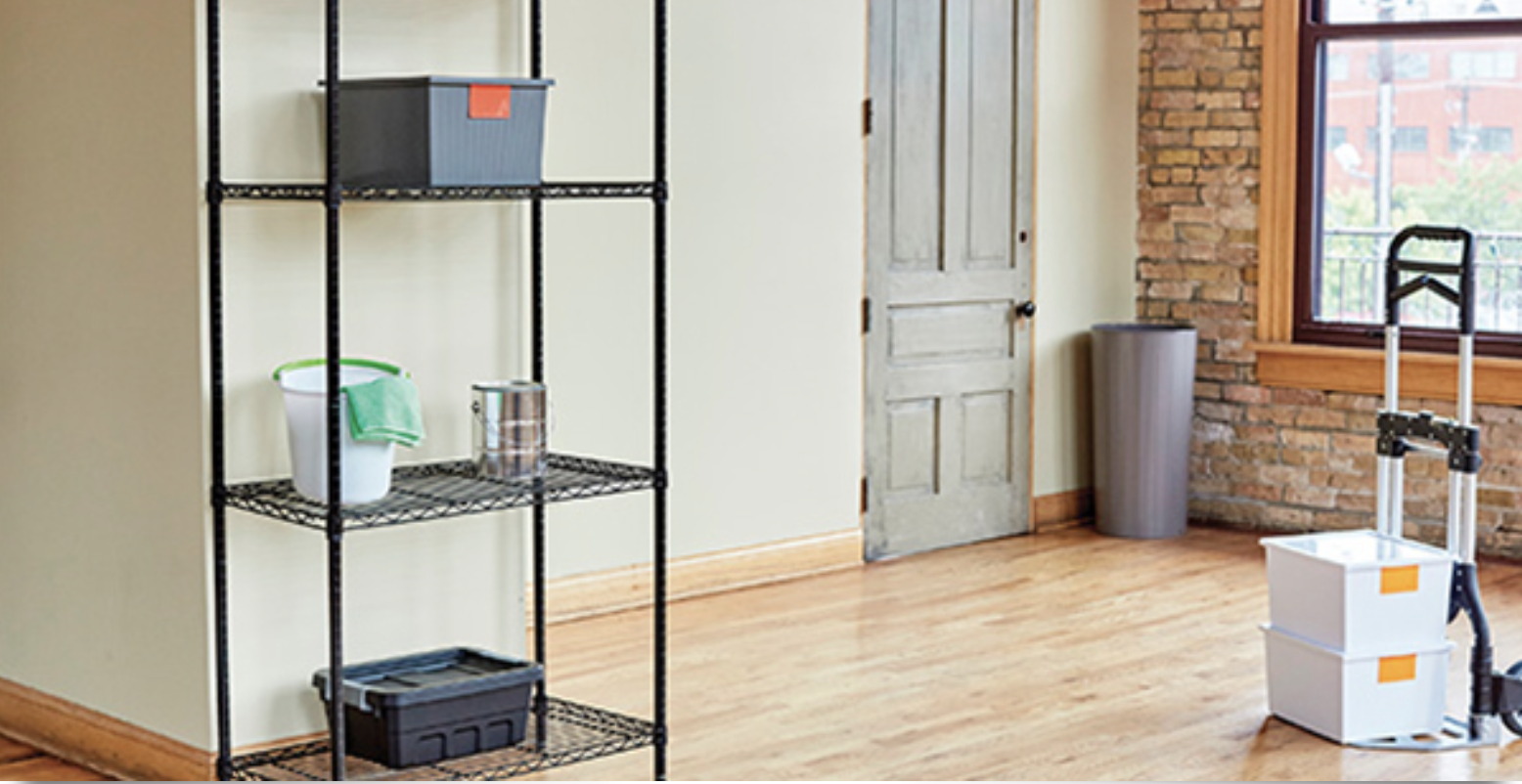
WAYFINDING SIGNAGE
Safco signs help communicate return-to-workplace policies.
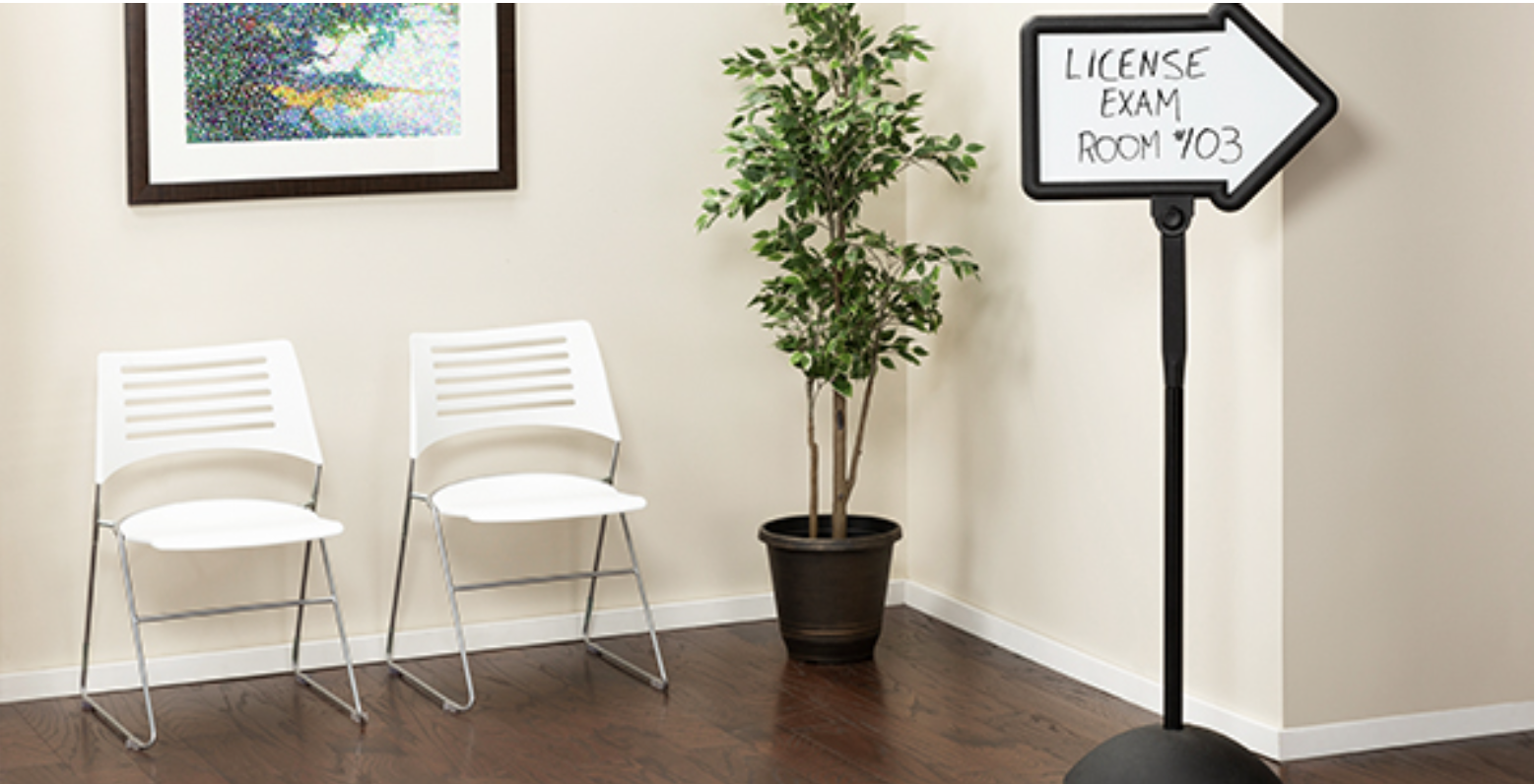
WHITE BOARD SCREENS
Space divider. Policy enforcer. Note taker. Who knew one solution could be so multi-functional.
